What’s so special about Italy?
From the stunning architecture of the ancient cities to the rolling hills and rugged coastline of its countryside, Italy is a feast for the senses. The Italian beauty is something that has been celebrated for centuries, and it is no wonder why. From the Renaissance period to the modern day, Italy has been known for its exquisite art, architecture, culture, and of course, its beautiful people. The Italian people are renowned for their warmth and hospitality, and this extends to their beauty as well.
The Italian beauty has been depicted in paintings, sculptures, photographs, and films throughout the years. It is the quintessential symbol of romance and passion. It is renowned worldwide for its timeless appeal. From the rolling hills of Tuscany to the stunning coastlines of Campania, Calabria and Sicily, Italy is a paradise of natural beauty. Not to mention Sardinia, an island in the Mediterranean Sea off the coast of Italy, known for its beautiful white beaches, blue waters, fascinating history, and unique culture. Italy’s Mediterranean climate provides a perfect backdrop for the diverse beauty of its landscapes. From the snow-capped peaks of the Alps to the sun-kissed beaches of the Amalfi Coast, Italy’s landscapes are an inspiration for photographers and sightseers alike.
History
Italy is a country with a long and vibrant history, and it is no surprise that the monuments throughout the country reflect this. From ancient ruins to Renaissance-era churches, Italy is home to a vast array of monuments that tell the story of the country’s past. Some of the most famous monuments in Italy are the Colosseum in Rome and the Leaning Tower of Pisa. The Colosseum is an iconic symbol of Rome and one of the most recognizable monuments in the world. Built in the 1st century AD, it was used for gladiator fights and other public events. Today, it is one of the most popular tourist attractions in Italy.
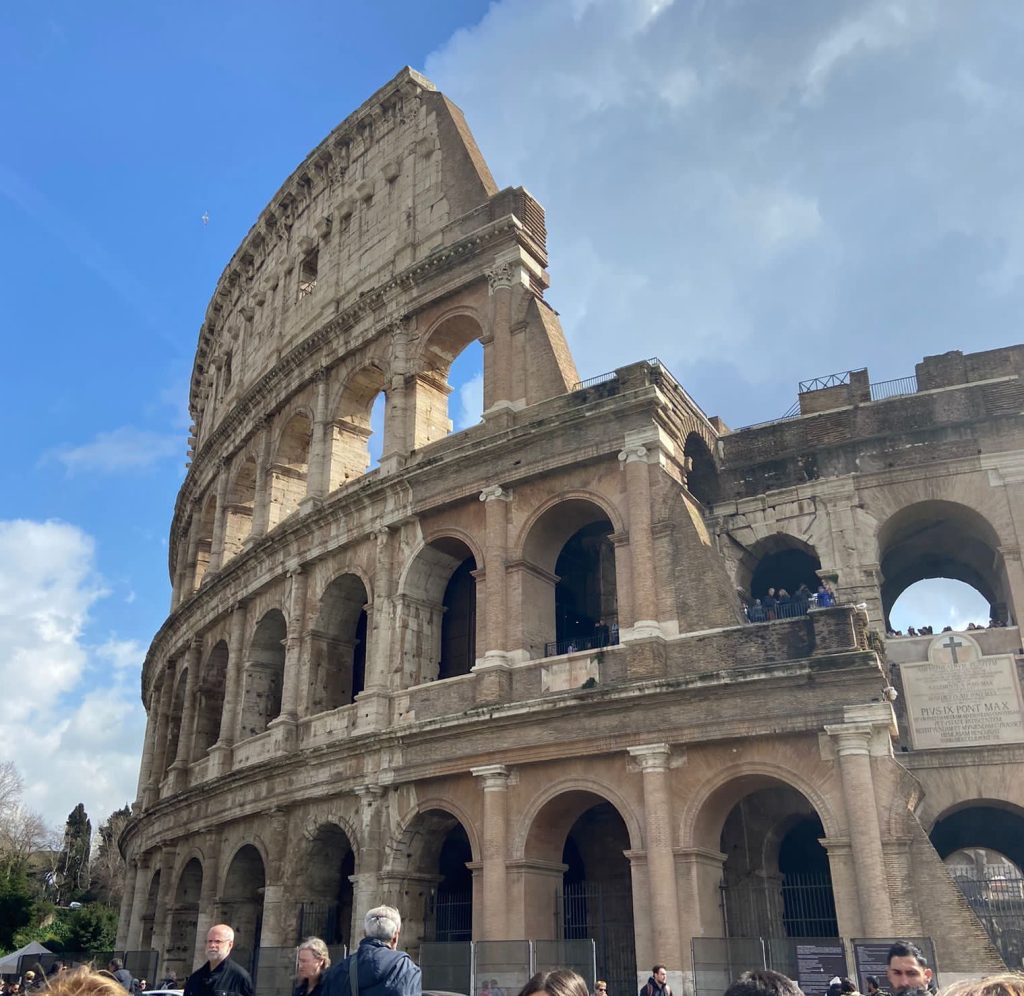
Meanwhile, the Leaning Tower of Pisa is one of the most beloved monuments in the country. Built in the 12th century, the tower is a remarkable example of medieval engineering, and its iconic tilt is a source of fascination for many.
In Tuscany, the Uffizi Gallery in Florence is one of the most renowned art museums in the world, and it houses many masterpieces by renowned Renaissance artists such as Michelangelo and Botticelli. Also, Santa Maria Novella, one of the most iconic churches in the world, is renowned for its stunning architecture and its rich history. The church is a symbol of the city and its importance in the world of culture, art, and architecture.The church was an important center for the Dominican Order and was the site of the papal conclave in 1492. It also served as a base for the Florentine Republic during the Renaissance, and was the site of the signing of the Peace of Florence in 1495.
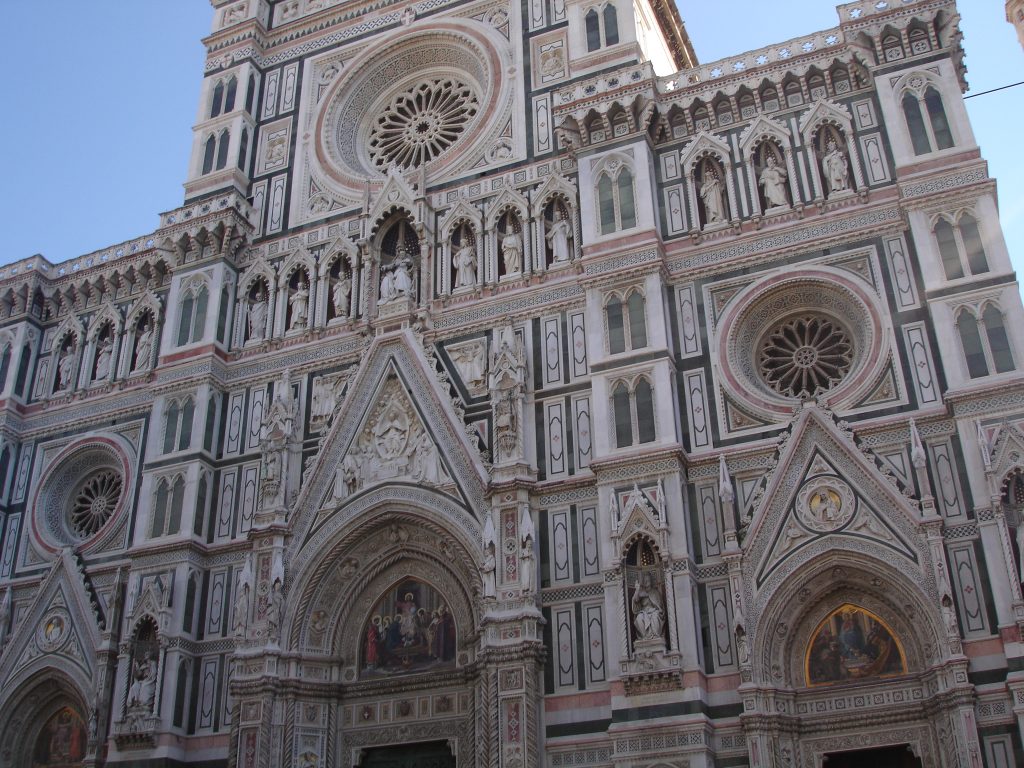
In addition to these famous monuments, Italy is also home to numerous other significant sites. One example is the Castel del Monte in Apulia, an octagonal castle built in the 13th century by the Holy Roman Emperor Frederick II. This stunning structure is considered to be one of the finest examples of medieval architecture in Europe. Another example is the Tempietto di San Pietro in Montorio, a small temple in Rome built in the 16th century. This beautiful building is an important example of Renaissance architecture, and it is a popular tourist attraction.
Meanwhile, the Teatro alla Scala in Milan is one of the most important opera houses in the world, and it has hosted performances by some of the greatest musicians of all time. The list is very long, Italy is home to an impressive array of monuments that tell the story of its past. These monuments are a testament to the country’s rich and vibrant history. They are also a reminder of the importance of art and culture in Italy, and they offer visitors a glimpse into the past.
Italian Architecture
It is renowned for its beauty and grandeur. It has a long and illustrious history, with influences from many different cultures and eras. From the grandeur of the Roman Empire to the Renaissance, to the Baroque, to the modern era, Italian architecture has played an important role in shaping the world. The Roman Empire was the first major civilization to leave its mark on Italian architecture. The Colosseum, the Pantheon and the Forum were all built in Rome during the height of the Empire. The Colosseum and the Pantheon are two of the most iconic structures in the world, representing the power and influence of the Roman Empire. The Forum was the center of political and religious life in Rome, and its ruins are still visible today.
The Renaissance period saw a flourishing of art and architecture in Italy, with the works of Michelangelo, Leonardo da Vinci, and Raphael. These great artists and architects helped to create some of the most iconic works in the world, such as the Sistine Chapel and the David. The Renaissance also saw the introduction of the classical orders of architecture, such as the Doric, Ionic, and Corinthian, which are still used today in many styles of architecture. The Baroque period saw a transition to more ornate and decorative styles of architecture. The most famous example of Baroque architecture is the Royal Palace of Caserta, designed by Luigi Vanvitelli. This grand palace is a showcase of the grandeur of the Baroque style, with its intricate details and lavish decorations. The modern era of Italian architecture has been influenced by a variety of styles and movements.
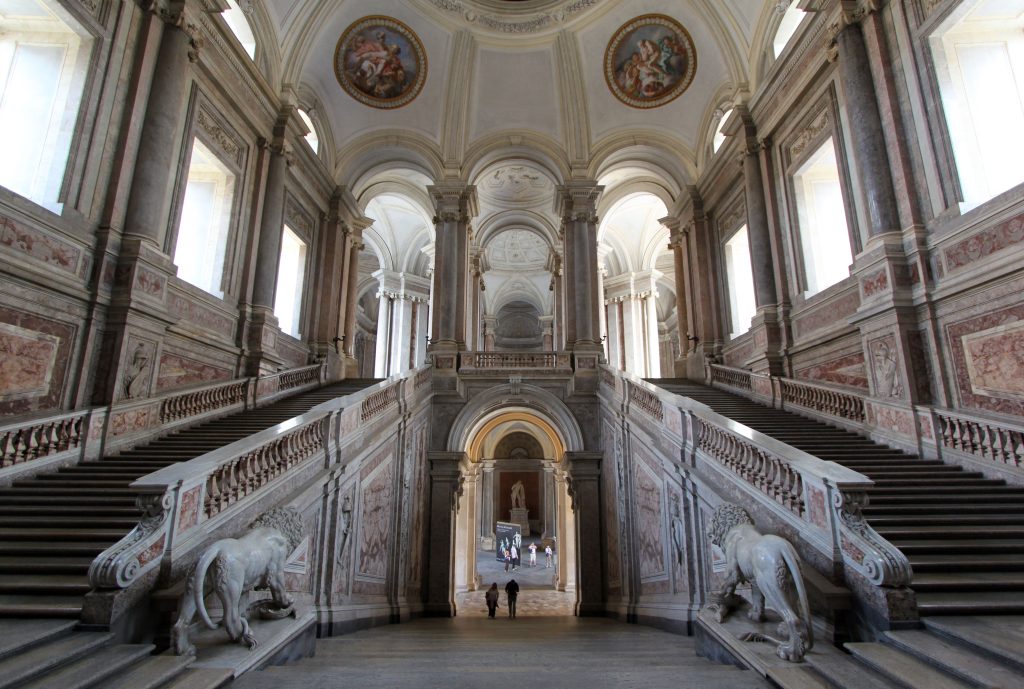
The Futurist movement of the early 20th century saw the introduction of modernist and avant-garde styles of architecture. Famous architects such as Giò Ponti and Gioacchino Rossini used modern materials and techniques to create daring and innovative structures. In the late 20th century, the postmodern movement saw the revival of more traditional styles of architecture, such as classical and baroque.
Italian architecture is renowned worldwide for its beauty and grandeur and its importance is timeless.
Italian Food
The Italian beauty is also reflected in its food. From the sumptuous seafood dishes of the south to the hearty cuisine of the north, Italy’s food is as delicious as it is visually appealing. The country’s culinary culture stretches back centuries, with pastas, pizzas, and gelatos providing a true taste of Italy. It is one of the most popular cuisines in the world, and it is known for its rich flavors, fresh ingredients, and variety of dishes. From the simple spaghetti marinara to complex risottos and succulent seafood dishes, Italian cuisine is sure to please any palate. The cornerstone of Italian cooking is the use of fresh, seasonal ingredients. Tomatoes, garlic, olive oil, and basil are staples of the Italian diet, the Mediterranean diet. Pasta, particularly spaghetti and linguini, is a popular meal choice. Other popular Italian dishes include lasagna, risotto, pizza, and ossobuco. Seafood dishes are also popular, such as calamari, swordfish, and mussels. Meat dishes such as veal, pork, and beef are also served.
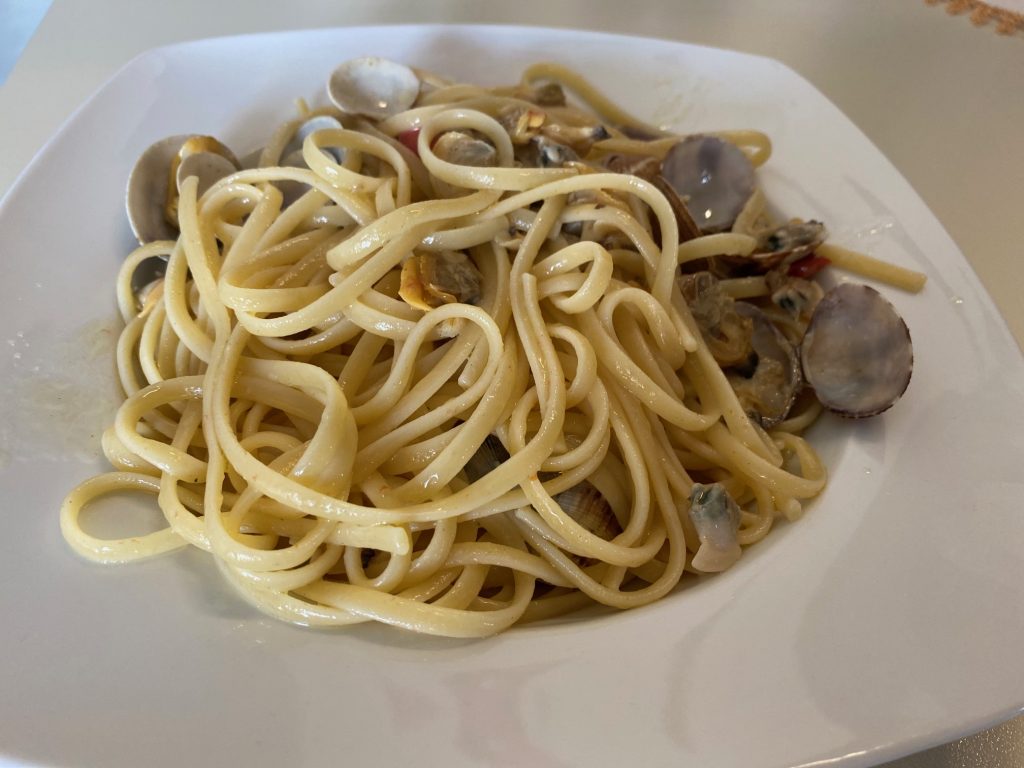
Italian food is more than just a meal; it is an experience. Lunch is considered the mail meal although things are changing as a result of the busy working life. Italian restaurants strive to create a warm, inviting atmosphere, making your dining experience even more enjoyable. They use fine china and crystal, and serve the meals with style and grace. Italian restaurants also feature live music and entertainment, making your dining experience even more enjoyable. In summary, Italian food is a popular cuisine that is loved by people around the world. It features fresh, seasonal ingredients and a variety of dishes.
When it comes to Italian desserts, there is something for everyone. Tiramisu, gelato, and cannoli are just a few of the sweet treats that can be found on an Italian menu. Many Italian desserts are made with ricotta cheese, giving them a creamy, indulgent texture which are a pleasure for any palate.
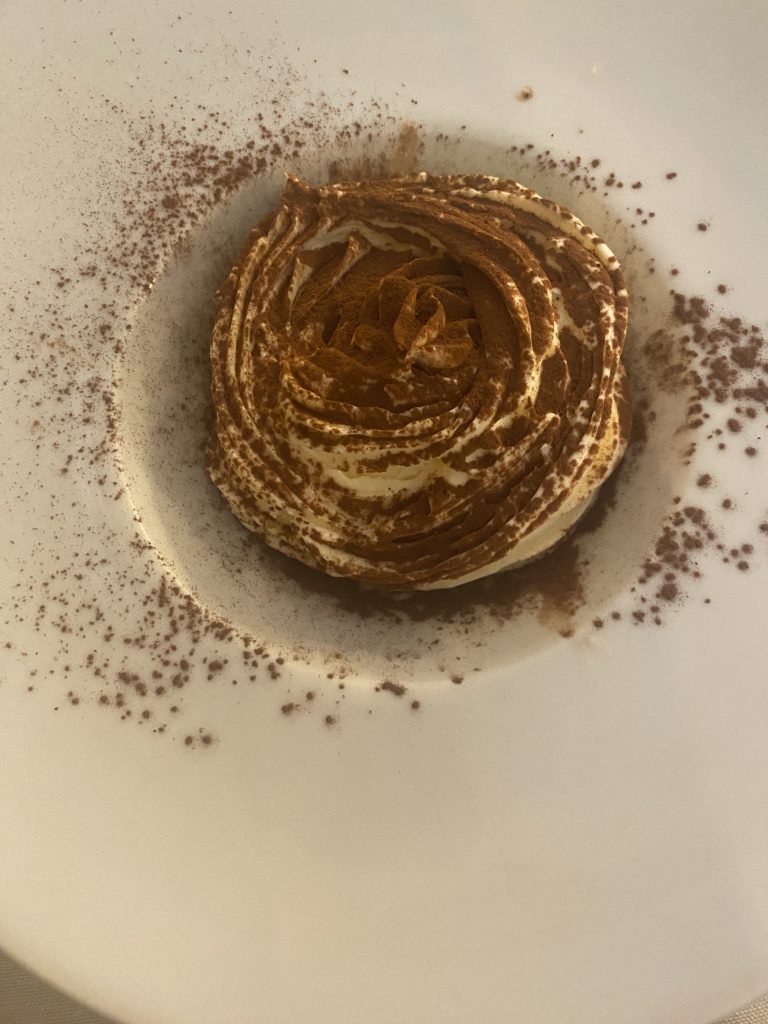
The Italian beaches
The Italian beaches are some of the most beautiful in the world. From the stunning coastline of the Mediterranean Sea to the crystal-clear lakes of the Italian Alps, there is something for every beach-goer. Whether you’re looking for a peaceful beach getaway, a family-friendly destination, or a wild nightlife scene, there is something to suit everyone’s tastes. The Mediterranean coast is a popular destination for beach-goers. It offers some of the finest beaches in Italy, with a variety of breathtakingly beautiful bays and coves. The rocky coastline is filled with stunning turquoise waters, perfect for swimming and sunbathing. The beaches of Tuscany, Liguria, Sicily, and Sardinia are particularly well-known and popular. These regions are home to some of the best beaches in Italy, with white sand and crystal clear waters.
For those looking for a lively beach experience, the coastal towns of Italy are the perfect place to be. From the vibrant clubs and bars of Rimini to the chic boutiques of the Amalfi Coast, there is something to suit every taste. These towns are also home to some of the best beaches in Italy, with miles of soft sand and beautiful waters. No matter what type of beach experience you are looking for, the Italian beaches have something to offer. From the stunning Mediterranean coast to the serene alpine lakes, you are sure to find the perfect beach getaway. Whether you are looking for a peaceful sanctuary or a wild nightlife scene, the beaches of Italy are sure to please.
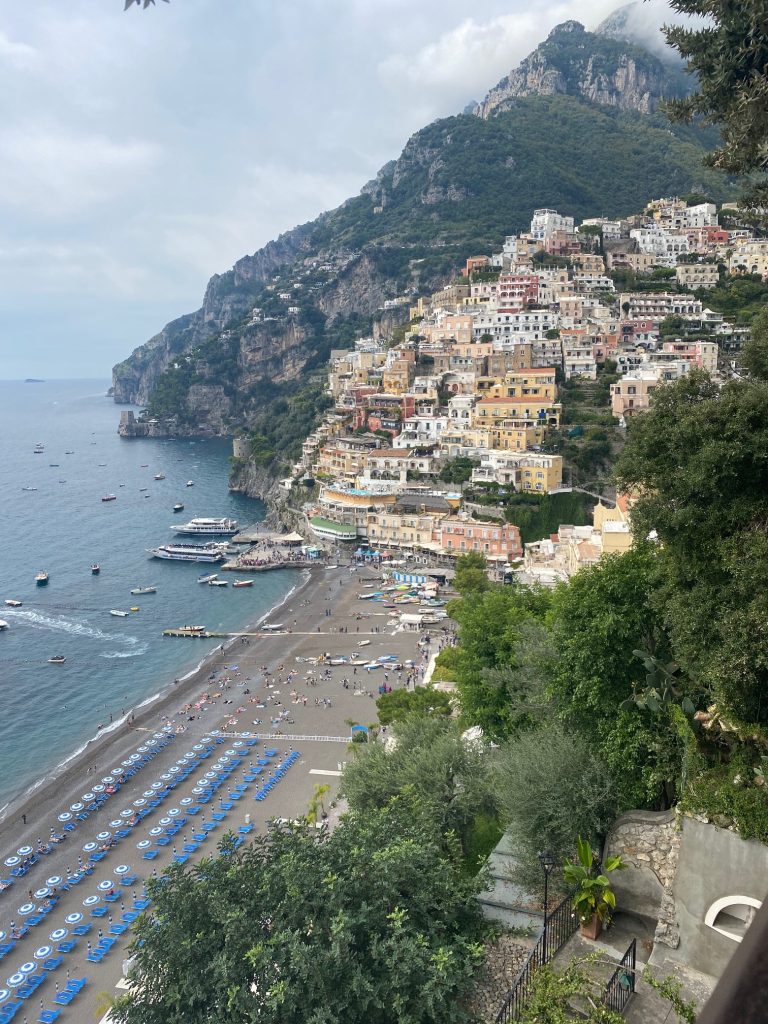
Now, you know why everyone loves Italy. If you’ve never been there, you have a million reasons to add Italy on your bucket list and you should be checking for my website right now!
